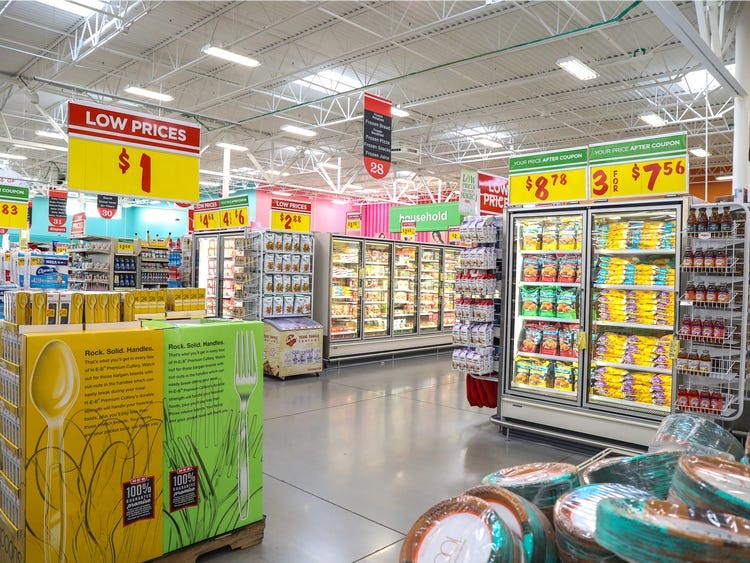Commercial refrigeration is the backbone of many businesses, from restaurants and grocery stores to florists and laboratories. When your refrigeration system malfunctions, it can lead to spoiled products, lost revenue, and frustrated customers. This guide will empower you to identify and address common refrigeration problems promptly, minimizing downtime and maximizing the lifespan of your equipment.
Common Refrigeration Problems:
- Temperature Fluctuations: Inconsistent temperatures can lead to food spoilage and safety concerns.
- Unusual Noises: Strange sounds like grinding, rattling, or hissing can indicate a problem with the compressor, fan motor, or other components.
- Ice Buildup: Excessive ice formation can restrict airflow and reduce cooling efficiency.
- Water Leaks: Leaks can signal a problem with the defrost system, door seals, or drainage.
- Unit Not Turning On: This could be due to a power supply issue, a faulty thermostat, or a problem with the compressor.
Troubleshooting Tips:
1. Temperature Fluctuations:
- Check the thermostat settings: Ensure the thermostat is set to the correct temperature.
- Inspect door seals: Damaged or worn seals can allow cold air to escape, causing the unit to work harder.
- Clean condenser coils: Dirty coils can reduce cooling efficiency.
- Ensure proper ventilation: Make sure there is adequate airflow around the unit.
- Check for refrigerant leaks: Low refrigerant levels can cause temperature fluctuations.
2. Unusual Noises:
- Identify the source of the noise: Is it coming from the compressor, fan motor, or another component?
- Check for loose parts: Tighten any loose screws or bolts.
- Lubricate moving parts: If necessary, lubricate fan motors or other moving parts.
- Inspect for wear and tear: Look for signs of damage to belts, bearings, or other components.
3. Ice Buildup:
- Check the defrost system: Ensure the defrost timer, heater, and thermostat are functioning correctly.
- Inspect door seals: Damaged seals can allow warm, moist air to enter the unit, leading to ice buildup.
- Clean the evaporator coils: Frost or ice on the coils can restrict airflow.
- Ensure proper ventilation: Make sure there is adequate airflow around the unit.
4. Water Leaks:
- Check the defrost drain: Make sure the drain is clear and not clogged.
- Inspect door seals: Damaged seals can allow water to leak out.
- Check for condensation buildup: Condensation can form on the walls or ceiling of the unit and drip down.
5. Unit Not Turning On:
- Check the power supply: Make sure the unit is plugged in and the circuit breaker is not tripped.
- Inspect the power cord: Look for any damage to the cord.
- Test the thermostat: If the thermostat is faulty, the unit may not turn on.
- Check the compressor: If the compressor is not running, it may need to be replaced.
When to Call a Professional:
While some refrigeration problems can be addressed with basic troubleshooting, others require the expertise of a qualified technician. If you encounter any of the following, it’s best to call a professional:
- Refrigerant leaks
- Compressor issues
- Electrical problems
- Complex mechanical failures
Preventive Maintenance:
Regular maintenance can help prevent many refrigeration problems and extend the life of your equipment. Schedule routine inspections and cleaning with a qualified technician, like those at Lubbock Refrigeration. We can help you keep your refrigeration system running smoothly and efficiently.
By following these troubleshooting tips and practicing preventive maintenance, you can keep your commercial refrigeration system operating at its best, protecting your inventory and ensuring the smooth operation of your business. Contact Lubbock Refrigeration today for all your commercial refrigeration needs!


Recent Comments